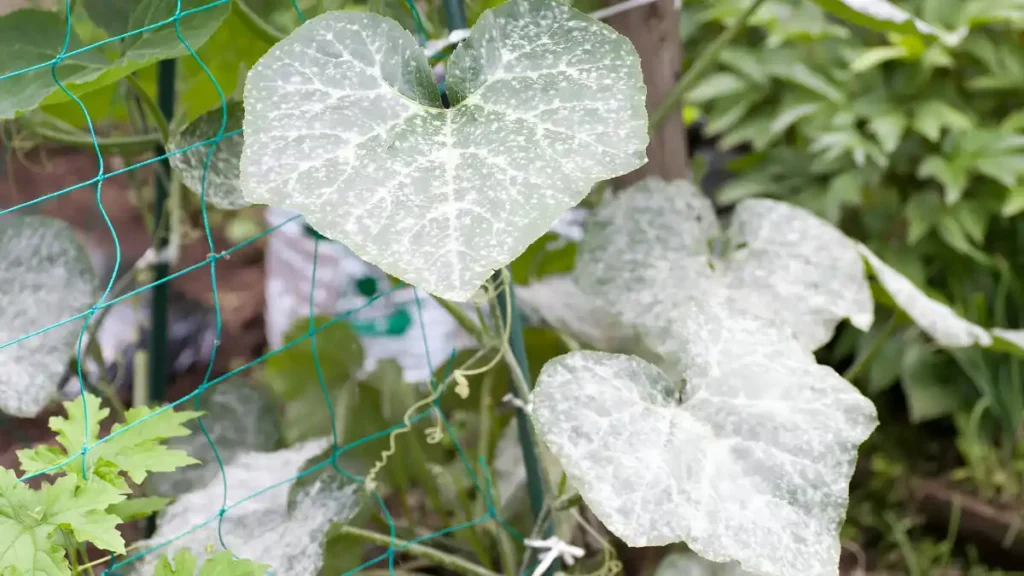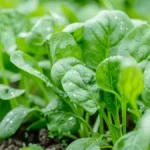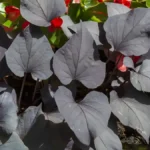A common fungal disease known as powdery mildew causes a white, powdery coating on the leaves, stems, and fruit of pumpkins and other cucurbit plants. This illness has the potential to impair photosynthesis, weaken plants, and ultimately affect the yield and quality of pumpkins. Chemical treatments, such as fungicides, can be used to manage powdery mildew, but it’s important to follow the manufacturer’s instructions and, if preferred, seek organic choices. The disease is highly prevalent and is curable in many situations. Here are some tips to prevent white pumpkin leaves.
Why are my pumpkin leaves turning white:
This is the rationale behind the whitened pumpkin leaves. Once you understand the reasons, you can successfully address them.
Justification of the white pumpkin leaves:
- We have a fairly common illness that infects leaves, which is why our pumpkin leaves have powdery mildew. The disease is caused by fungi and manifests on the leaves as a powdery, white substance. It spreads quickly and grows best in warm, dry climates.
- Leaves can become yellow or white due to a deficiency of vital nutrients like nitrogen, magnesium, or iron. This frequently begins as a paler shade of green before turning white. Instead of needing moisture to flourish, powdery mildew prefers warm temperatures.
- White or bleached patches on leaves can result from sunburn or leaf scorch caused by strong sunshine. Although each one has a distinct host, they all have the same appearance—a powdery, grayish-white carpet that is present on leaves, stems, and flowers.
- Separate from powdery mildew, downy mildew manifests as fluffy, white growth on the underside of leaves and yellow dots on the upper surface. Furthermore, White or damaged leaves can be caused by extreme temperatures and other environmental factors.
- On leaves, stippling or tiny white dots can be caused by some pests, such as spider mites. Leaf bleaching or whiteness can result from chemical burns caused by improper or excessive use of pesticides or herbicides.

How to get rid of powdery mildew on pumpkins:
A common fungal disease that damages pumpkins and other plants is called powdery mildew. With these methods, pumpkin powdery mildew, also known as white pumpkin leaf resistance, can be efficiently controlled and removed.
Defense of white pumpkin leaves:
Assist with fungicide
- Using a fungicide can be necessary if the infestation is severe. Seek for products that include triforine, myclobutanil, or sulfur. Apply a fungicide made especially for powdery mildew, paying attention to the directions on the package. Jojoba and neem oils are two antifungal oils that are also excellent exfoliants.
Neem oil plant spray on pumpkin plant leaves
- An organic fungicide is neem oil. Combine neem oil concentrate with water in a spray container and apply to the plants as directed by the manufacturer. Spray the pumpkin leaves on both sides. To avoid direct sunlight, spray in the early morning or late at night. Until powdery mildew is gone, repeat every 7–10 days or as needed. When powdery mildew is severe, neem oil cannot work.
Spray a blend of baking soda and water
- In a spray bottle, combine one gallon of water and one tablespoon of baking soda. On the pumpkin plant, uniformly coat both sides of the white leaves with the solution by misting it on them. If possible, try a tiny section of the plant before applying the solution to make sure it doesn’t harm it. Make sure to spray the plants in the morning or the evening.
Trim the plant’s afflicted areas
- Maintain regular plant inspections, and if the powdery mildew infection is severe enough, remove any afflicted plant portions by pruning. To stop the fungus from spreading, dispose of the plant’s leaves away from the garden after the growing season and avoid adding any plant parts to the compost.
Modify the watering method
- To prevent dry foliage, water plants from the base rather than from above. You’re covered if you water your garden with a soaker hose or a drip irrigation system. For any moisture on the leaves to swiftly dry, water them in the morning.
Home and Organic Treatments for Pumpkin Plant
- You can sprinkle your pumpkin plants with homemade medicines, like milk. Twice a week, spray the tops and undersides of the leaves with a solution made equal parts milk and water. Moreover Sulfur is another organic compound that, if applied before the infection becomes too established, can be very helpful against powdery mildew on pumpkins. Combine three cloves of garlic with one quart of water, then spray the mixture over the leaves.
Conclusion:
In summary, prompt actions combined with proper gardening practices are needed to defend white pumpkin leaves. White spots on pumpkin leaves can be eliminated with the help of baking soda, milk, neem oil, and other DIY solutions. Fungicides can also be used to eradicate powdery mildew. We covered several preventative measures for white pumpkin leaves in-depth above.
Certainly! If you’d like to learn more, please consider following our WhatsApp Channel: Harvest Gardening
A frequently asked questions:
Q1. Why are my pumpkin leaves turning yellow?
A1. Yellowing leaves might result from overwatering because of soggy soil and insufficient root oxygenation. Aphids and spider mites are two pests that can harm leaves and induce yellowing. It may also become yellow as a result of dietary deficits, such as a nitrogen shortage.
Q2. What is powdery mildew?
A2. Powdery mildew is a widespread plant disease that starts with white spots on the leaves and progresses to a grayish-white powdery substance that covers the foliage. It is caused by hundreds of different species of fungi.
Q3.What is the best fertilizer for white pumpkin leaves resistance?
A3. Use balanced, micronutrient-rich fertilizers, keep proper irrigation to prevent stress, and select disease-resistant types to increase the resistance of white pumpkin leaves. During the growing season, fertilize white pumpkin plants every two to three weeks with a balanced fertilizer.



